While its name may give you the impression that Shikotsu-Toya National Park only covers Lake Shikotsu and Lake Toya, Japan's 14th National Park covers a surprising amount of territory- even more so than the country of Singapore by a few hundred square kilometres! Outside of the two lakes for which the park gets its name, the park also covers a number of mountains including Mt. Tarumae and Mt. Yotei, as well as many of Hokkaido’s famous tourism spots, like Jozankei and Noboribetsu Onsens. While many of Hokkaido’s National Parks pride themselves on their remoteness, Shikotsu-Toya National Park’s proximity to Hokkaido’s capital of Sapporo makes it a haven for city folk wanting to hit the trails and visitors travelling along Hokkaido’s “Golden Route” between Sapporo and Hakodate.
Shikotsu-Toya National Park - Adventure Awaits on Sapporo's Doorstep
Travel Tips
By Zac
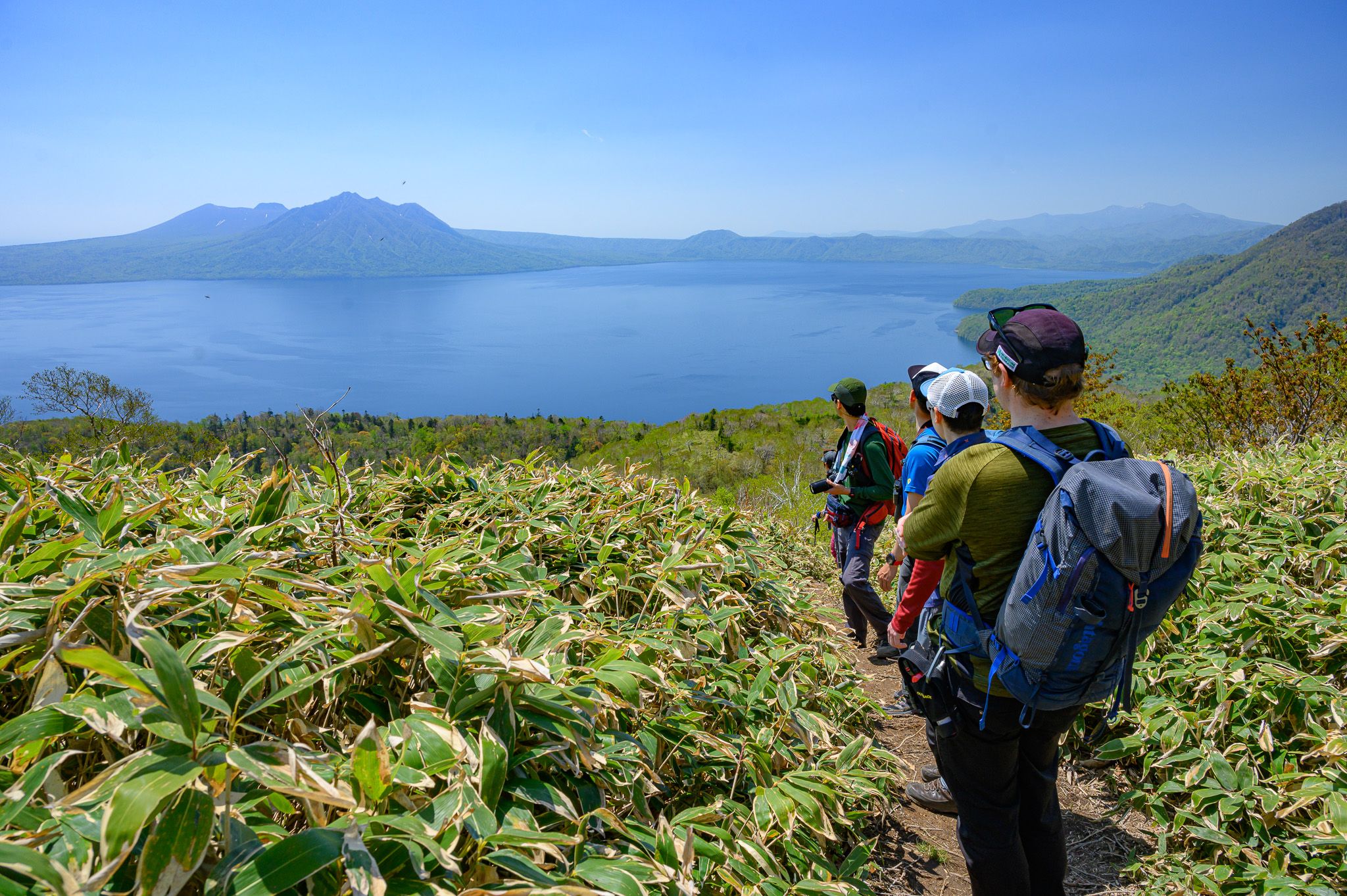
That’s still not enough to convince you to visit this amazing and diverse National Park? Well, then you should definitely keep reading!
Global Geopark

Sharing a portion of its land with Shikotsu-Toya National Park is the Toya-Usu UNESCO Global Geopark, which covers the doughnut-shaped Lake Toya and its surrounding volcanoes. UNESCO Geoparks are areas of geological importance decided upon by an international committee, often following a specific theme. The theme of the Toya-Usu Geopark is the complex relationship between people and volcanoes, which is clearly visible on a trip to the hot spring town of Toyako Onsen at the foot of Mt. Usu. Mt Usu is one of 20 active volcanoes in Hokkaido and erupts every 20 to 30 years, with another eruption likely coming in the next half-decade.
Despite the inevitable, people continue to coexist with the volcano. Buildings destroyed by Mt. Usu’s past eruptions remain intact alongside hot springs and fertile fruit-growing fields that exist due to the volcano. We explore this relationship on our Shikotsu-Toya 5 Day Hiking Tour, offered in May and October and you can discover it independently on our Lakes & Volcanoes 8 Day Self-Guided Tour.
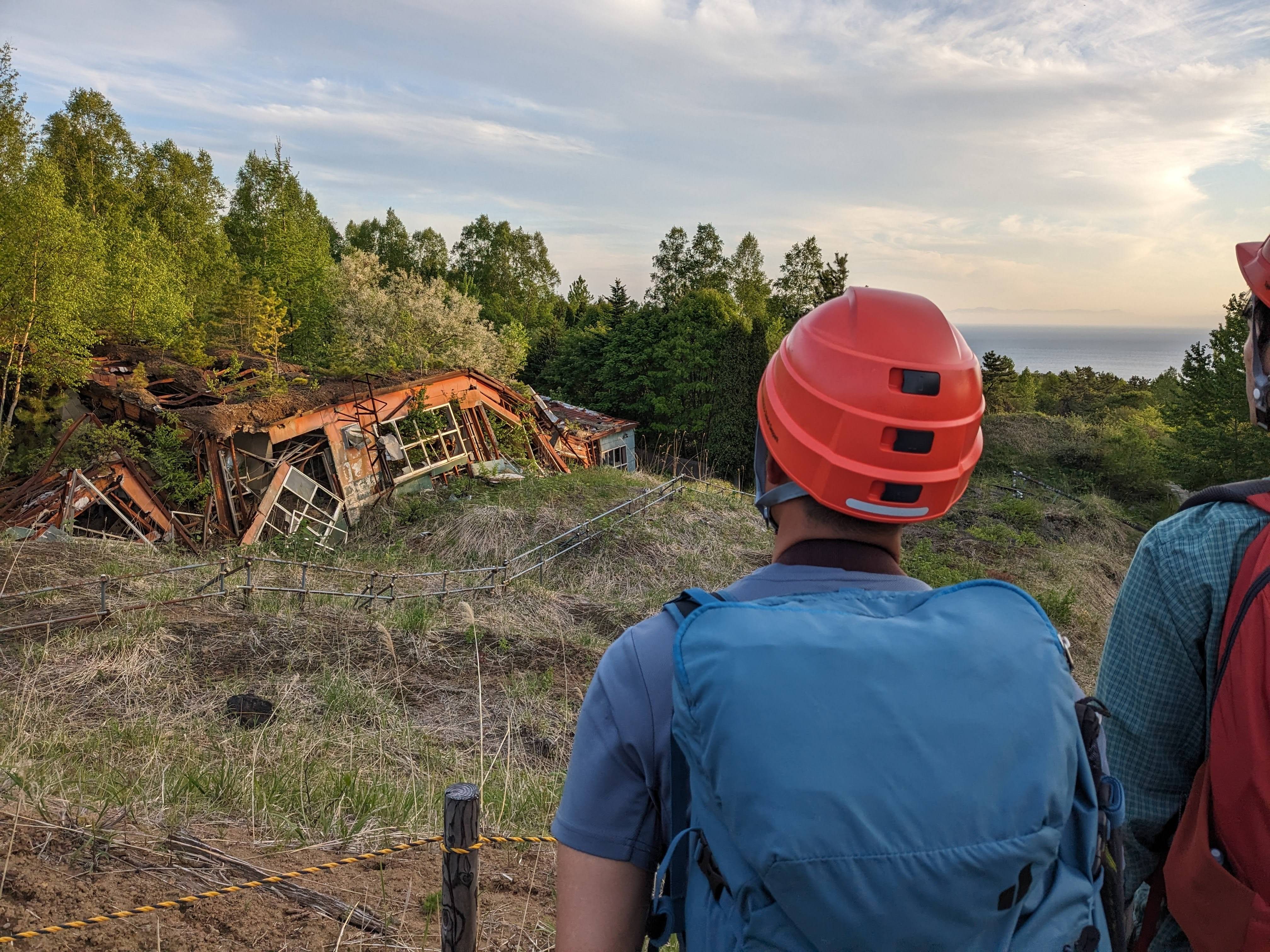
Shikotsu-Toya’s volcanic activity isn’t limited to the Toya-Usu Geopark though! In fact, one of its most distinct volcanoes, Mt. Tarumae, lies roughly 40km away from the Global Geopark area. Flying into New Chitose Airport, chances are you’ll see the bare crater rim of Mt. Tarumae from above, with its lava dome in the centre spewing out a steady stream of volcanic gas. Despite its hostile and dominating appearance, Mt. Tarumae is a gentle giant, with the de facto summit being roughly an hour from the trailhead. As an active volcano, it’s uncharacteristically low tree line means you’ll be surrounded by panoramic views of the Pacific Ocean and the surrounding peaks for almost the entire duration of the hike. To top it all off the mountain offers plenty of opportunities to interact with locals, as it’s a popular weekend hike for families.

Proximity to Sapporo
Regardless of where you go in Shikotsu-Toya National Park, you’ll find navigation easy even by public transport.
Lake Shikotsu is a 30 to 45 minute train ride from Sapporo to nearby Chitose, followed by a 45 minute bus ride to reach the lakeside. Noboribetsu and Lake Toya lie along the Muroran Main Line, allowing you to access them easily using express trains from Sapporo or Hakodate. Frequent local buses serve their respective stations and sightseeing areas.

The ease of access to most areas of the park make visiting year-round much easier, as those who are hesitant to drive during Hokkaido’s winter can still access the bulk of the park via public transport. If you do plan to drive, or are on the fence, check out our blog on driving in Hokkaido to prepare yourself for your Shikotsu-Toya adventure.
Southern Location
Compared to other parts of Hokkaido, much of Shikotsu-Toya National Park (bar, of course, Mt. Yotei) is blessed with relatively mild and shorter winters.
While prevailing winds gives the Sea of Japan frequent blizzards and an endless supply of the famous “Japow” (“Japan powder snow”), the coast alongside the Pacific Ocean sees less snow and more days of sun in winter. Combine the comparatively warm weather in this southern half with the fact that many of the trails within the park are at lower altitude and you have the perfect conditions for great winter hiking.
One of the popular winter hikes within the park is Mt. Monbetsu, an 865m peak on the edge of Lake Shikotsu home to a radio relay station on the summit. The de-facto trail is a maintenance road leading up to the summit, which makes for a long walk along a paved road in the summer but an easily-navigable trail for snowshoeing in the winter. The summit offers unbeatable views of deep-blue Lake Shikotsu and the snow-capped peaks of the surrounding volcanoes.
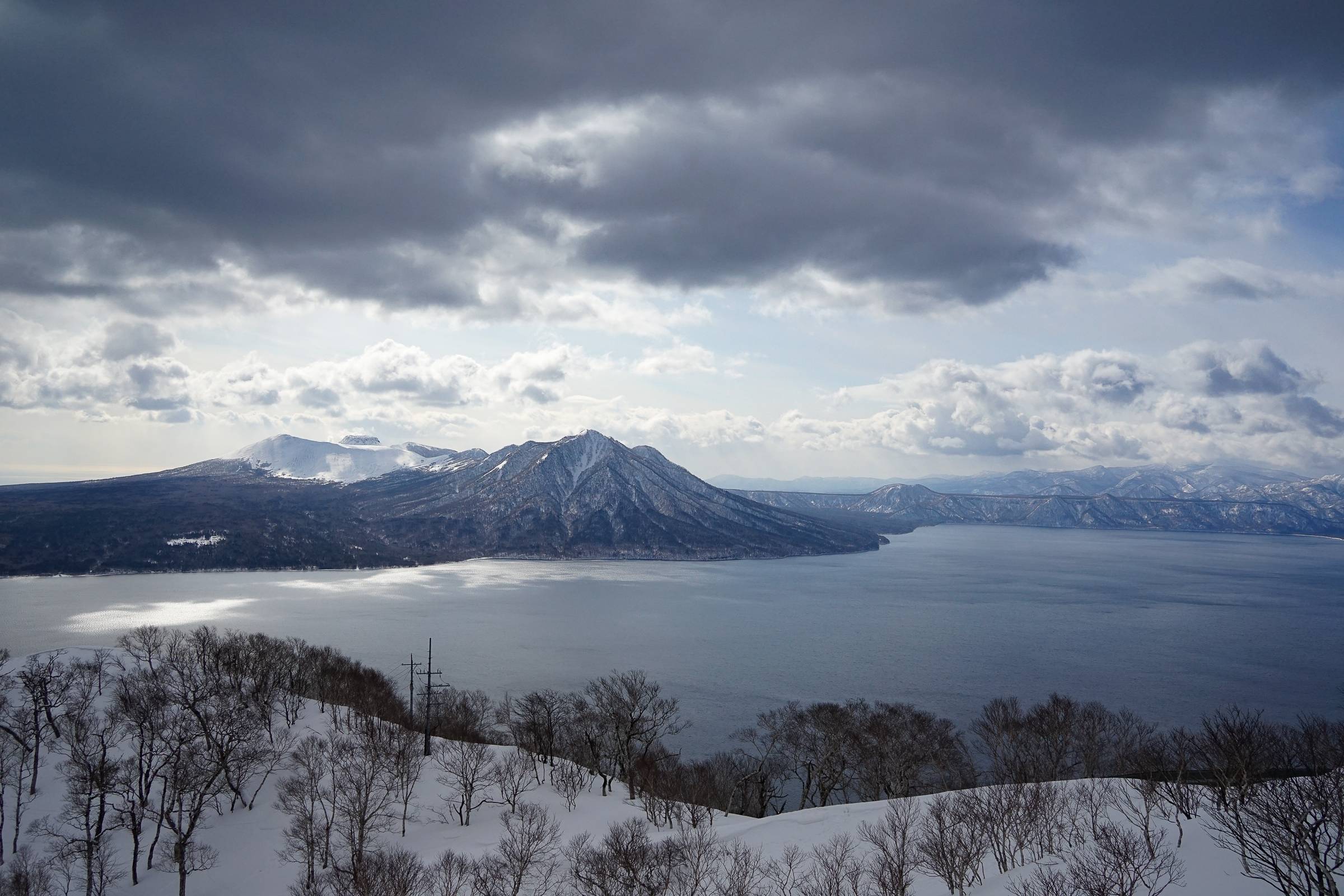
My first time hiking Mt. Monbetsu was in early December. After I’d heard the mountain got a thick blanket of snow over the course of a few days, I headed off from my home in Asahikawa to the trailhead over 130km away - only to find as I reached the trailhead that all the snow had melted and the trail to the summit was the open road. Having made the long journey, I still walked to the top in my winter boots, but it was the only time I’ve hiked without snowshoes during Hokkaido’s winter! If that doesn’t drive home the difference in climate between Shikotsu-Toya and its neighbours, I don’t know what does!
A climb up Mt. Monbetsu is part of our Shikotsu-Toya 6 Day Winter Hiking Tour - as well as other fantastic winter hikes in the national park. If you’re keen to visit the region in the colder months, do consider joining us on our next departure.
Earlier Spring, Later Autumn
The Park’s aforementioned southern location also means that spring and autumn are much longer compared to other National Parks in Hokkaido. Mt. Asahidake, the crown jewel of Daisetsuzan National park and the very centre of Hokkaido, gets its first dusting of snow between the end of September and early October. Snow lingers on the mountain well into June, meaning that the trail is covered by snow to some extent for a third of the year. Compare this to Mt. Ichankoppe, a popular hike on the edge of Lake Shikotsu in Shikotsu-Toya National Park. Snow clears by the last week of April, and often remains snow-free until November.
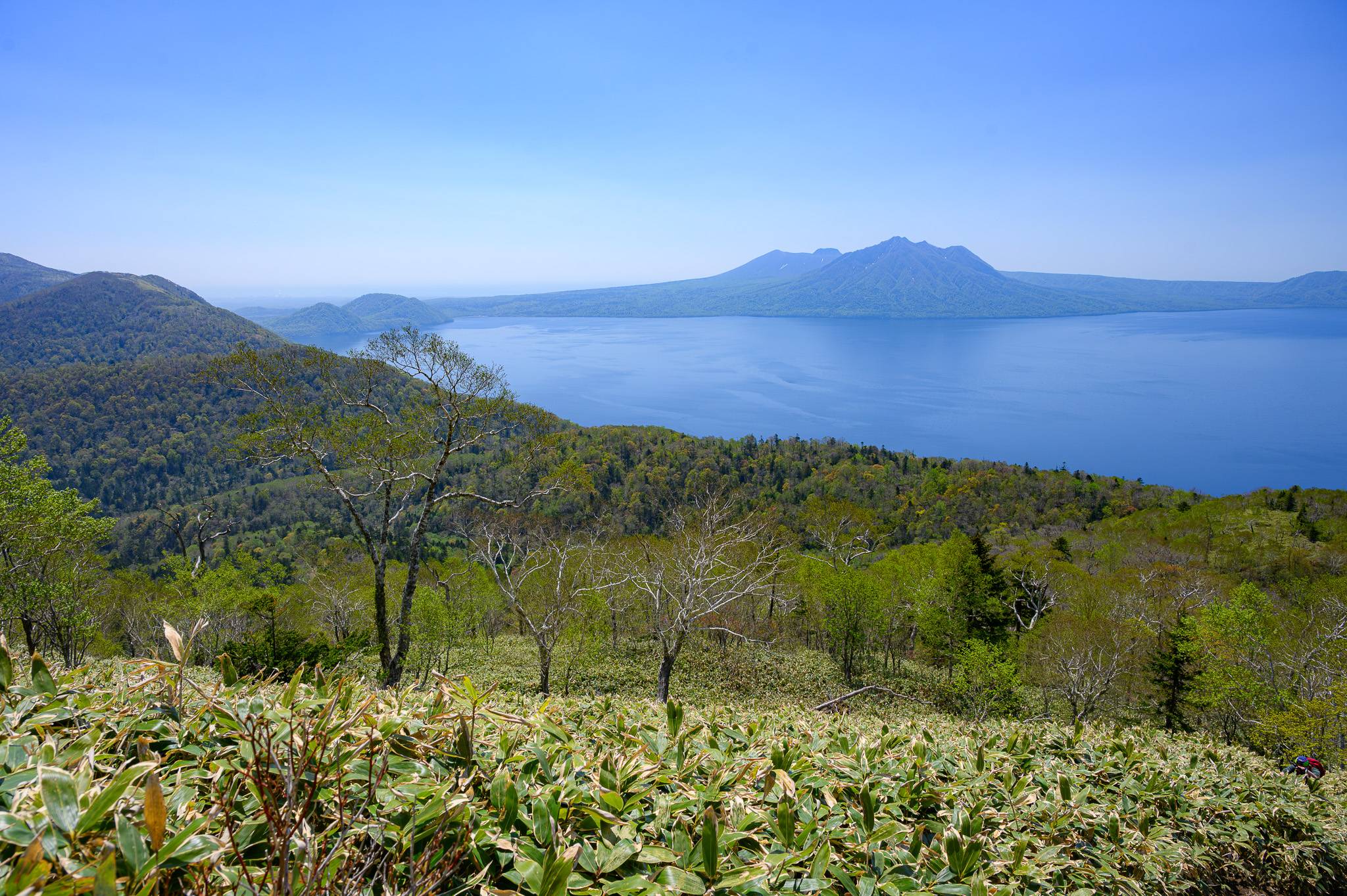
The windows for certain seasonal activities within the park, such as the ferry to Nakajima or the boardwalk at Mt. Usu are also a lot larger due to the longer spring and autumn. While the pleasure cruise around Lake Toya operates year-round, it only makes a stop on the island of Nakajima between April and the start of November. Nakajima is a beautiful secluded island with minimal human interference other than a few buildings and a very well-maintained hiking course. The aforementioned Mt. Usu is home to a cable car that operates almost year-round - however the walking course around the crater rim that starts conveniently from the cable car station is only open between April and the end of October.
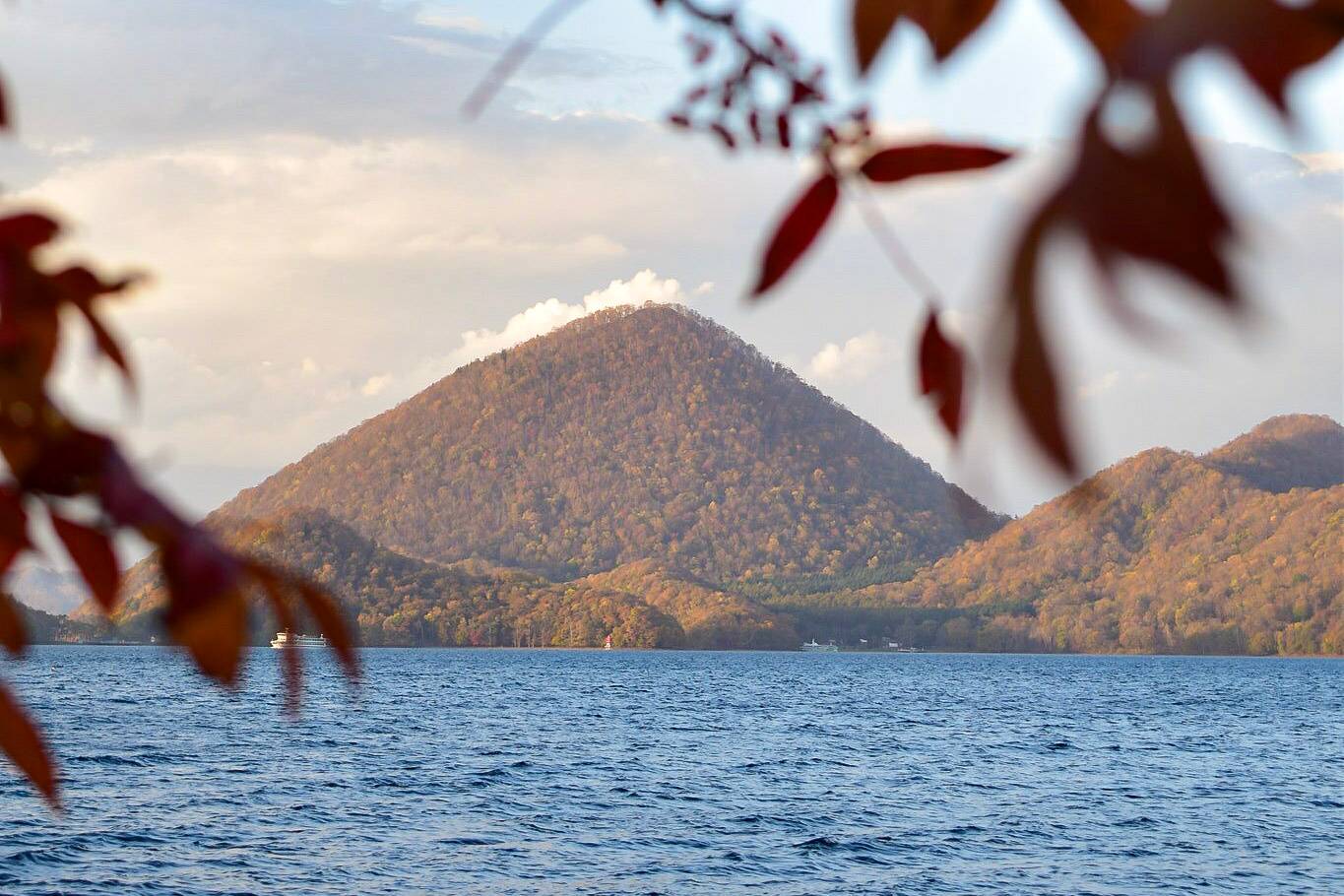
The autumn foliage season in Shikotsu-Toya National park is also much later than its peers. Daisetsuzan National Park is famously home to the earliest autumn foliage in Japan, with hues of red and orange visible from early September. This is in stark contrast to Shikotsu-Toya National Park, where the autumn foliage at lower elevations is at its peak in late October. Lake Shikotsu’s Autumn Foliage Festival is typically hosted in the last week of October, well after most of the autumn leaves have fallen across the rest of Hokkaido.
Hot Springs
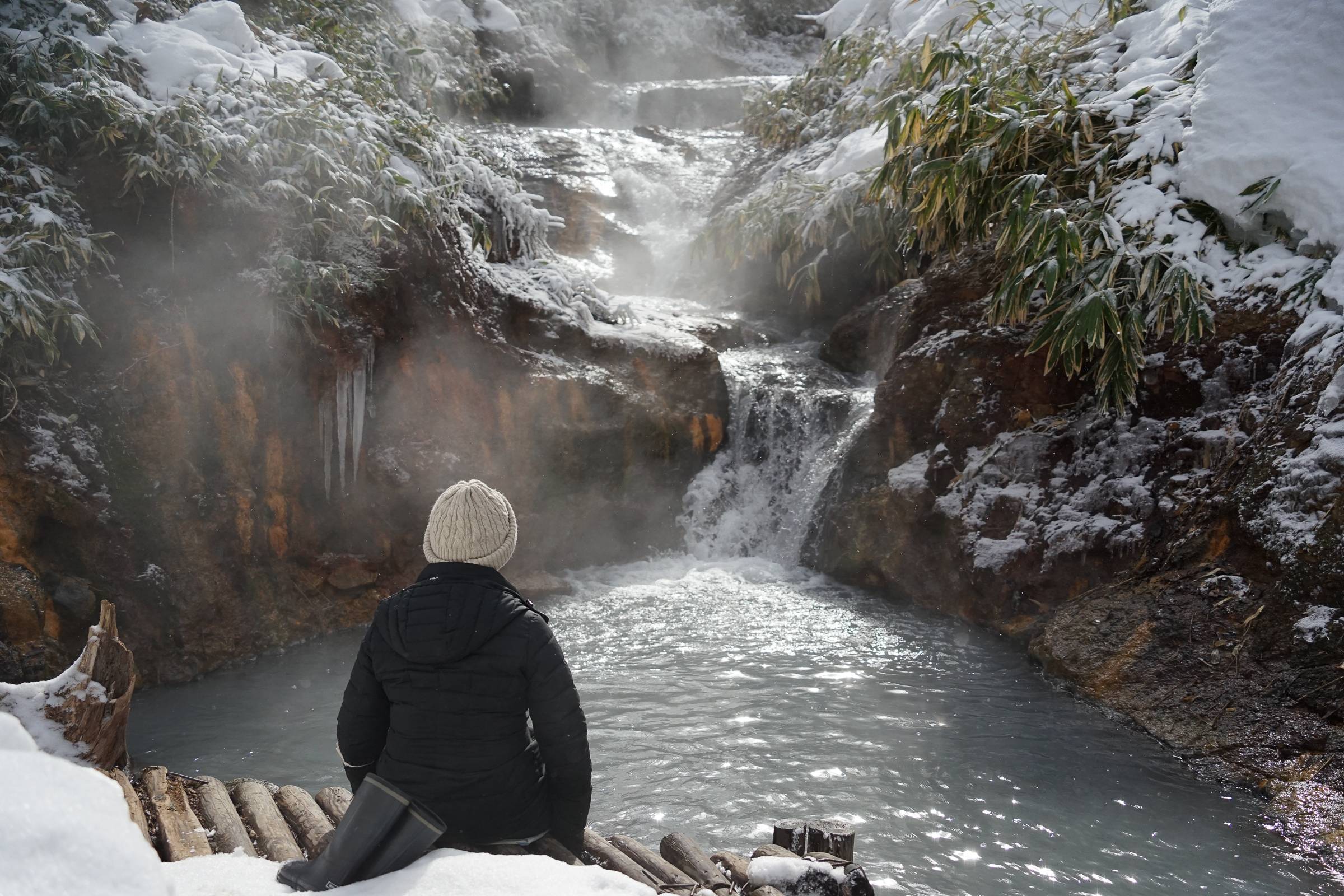
Scattered throughout the National Park are a number of hot spring towns, many of which are among the most famous in Hokkaido. Jozankei’s hot spring town is a haven for Sapporo-ites, accessible via a single bus ride from Sapporo Station. The two lakes that give Shikotsu-Toya National Park its name both have hot spring towns along their lakesides, called Shikotsuko Onsen and Toyako Onsen respectively. However, the most famous onsen resort within the national park area is, without a doubt, Noboribetsu Onsen.
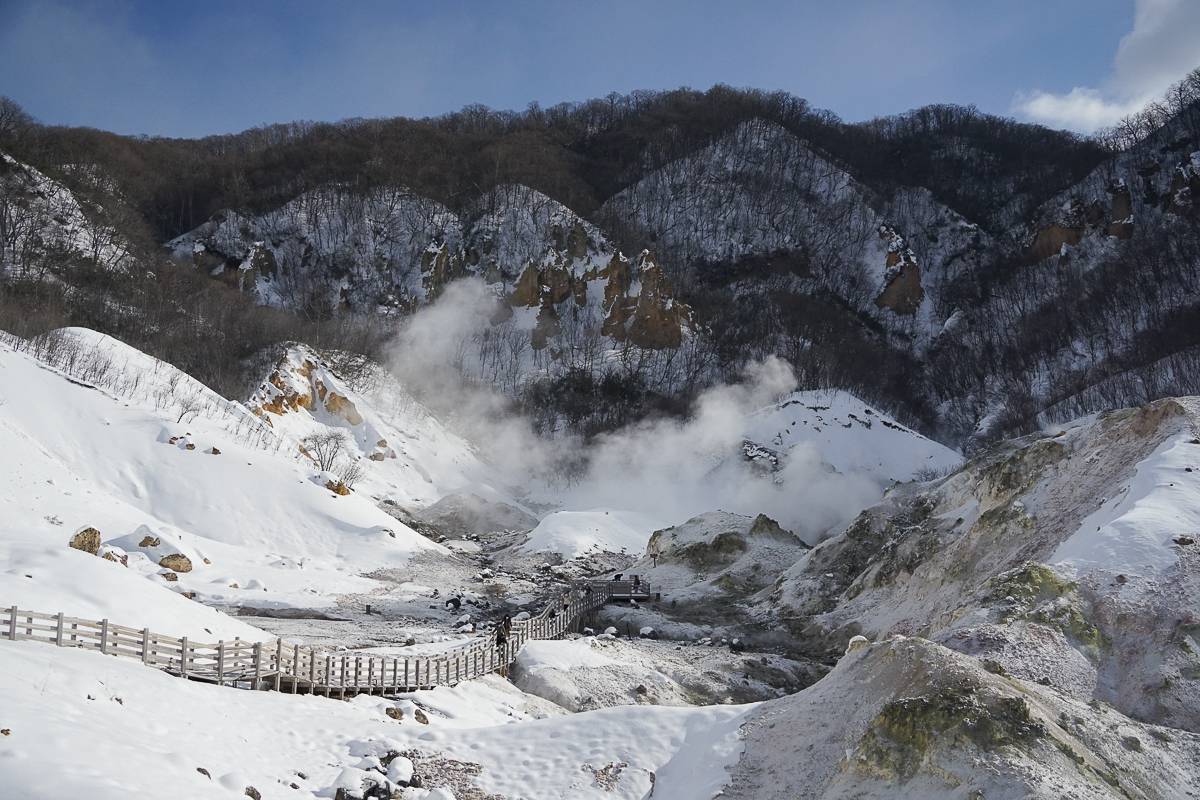
Noboribetsu Onsen’s hot springs are famous for their variety of hot spring waters, boasting nine of the ten types of hot springs found across Japan. Many of the hotels in each hot spring town offer a dip in their warm waters to day trippers, meaning that after a long day of hiking you can wash up and warm up a stone’s throw from many of the popular trailheads. If you haven’t visited Japan before, or just need to brush up on onsen etiquette, we’ve got you covered with our blog on onsen basics.
Trail Conditions
Hokkaido’s trail conditions are, to say it lovingly, rustic. While large teams of people pour hundreds of hours each season into maintaining the popular trails within Hokkaido’s National Parks, it’s often not enough to keep up with the growing number of hikers and the creeping erosion and widening of the trail.
However, due to the more mild climate, or perhaps the fact that many of the trails within Shikotsu-Toya National Park are less rocky and surrounded by more vegetation, Shikotsu-Toya’s hikes are more in line with the level of upkeep found in National Parks on the Japanese mainland.

The degree of trail maintenance, when combined with the lower degree of difficulty on many of the trails, creates perfect hikes that are accessible for beginners or families hiking with kids. But don’t let “easy” and “accessible” give you the impression that the hikes on offer are less rewarding, though - most trails in Shikotsu-Toya National Park offer sweeping panoramas of caldera lakes and active volcanoes that will make them well worth your while.
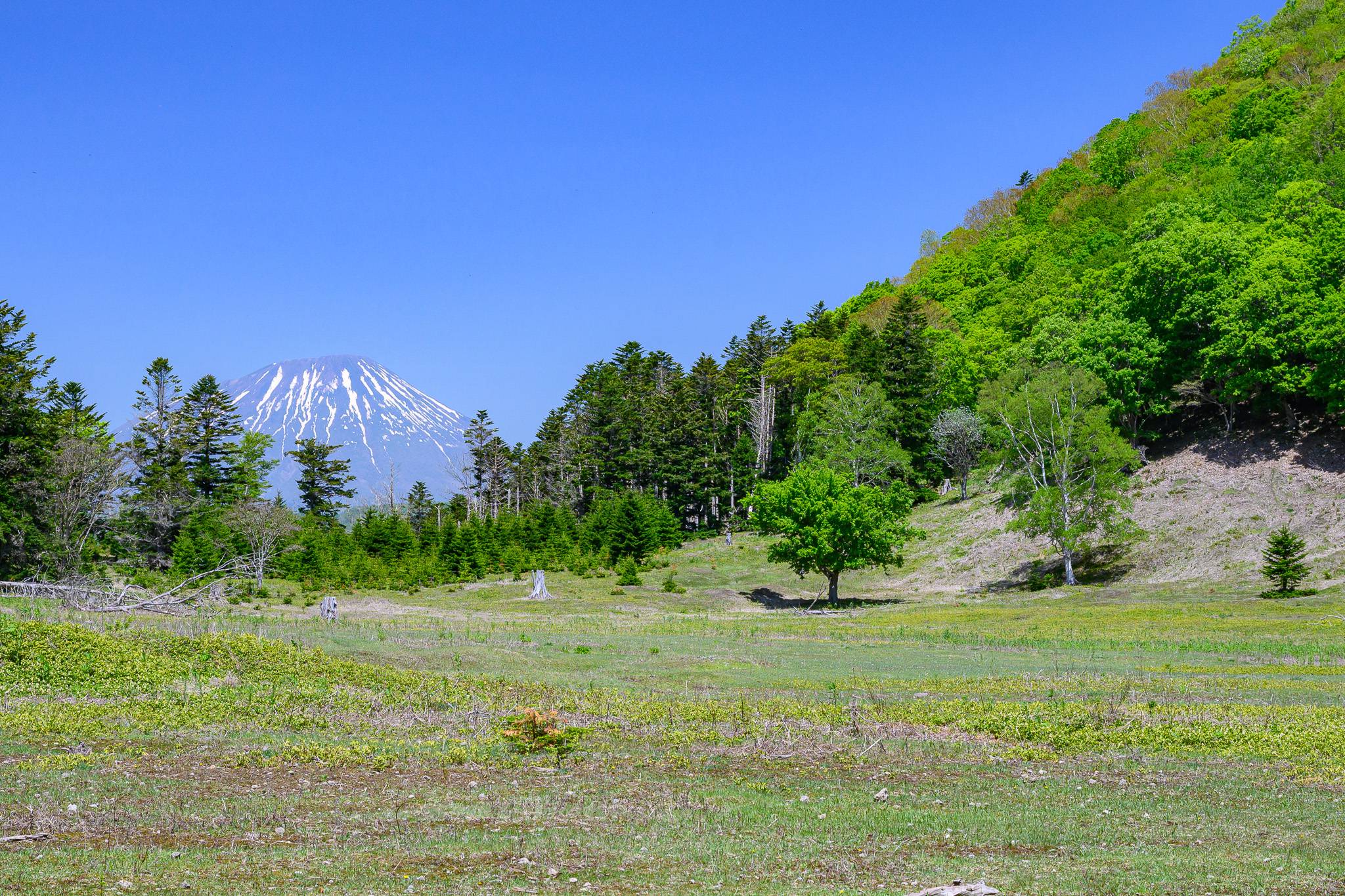
Should've Gone to Shikotsu-Toya!
Whether it’s the hikes that draw you in or the hot springs and food that keep you coming back for more, Shikotsu-Toya National Park holds its own as a destination worth visiting even next to Hokkaido’s more untamed National Parks. Over the half-decade I’ve called Hokkaido home, I’ve found myself drawn back to Shikotsu-Toya National Park throughout the seasons for half-day hikes weekend getaways, with every trip giving me a reason to come back once again.
Shikotsu-Toya National Park Awaits
Join our winter or spring-autumn departures and explore this amazing national park for yourself.